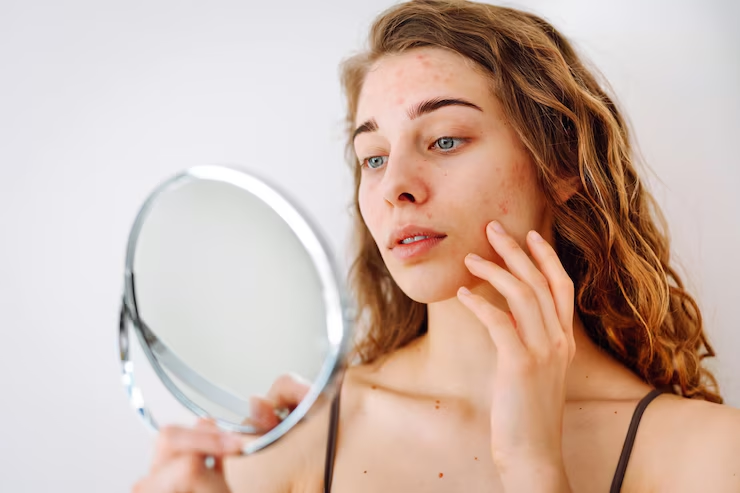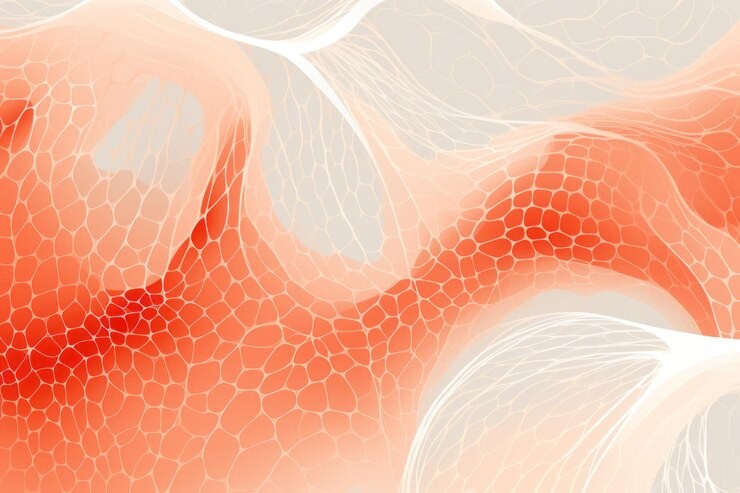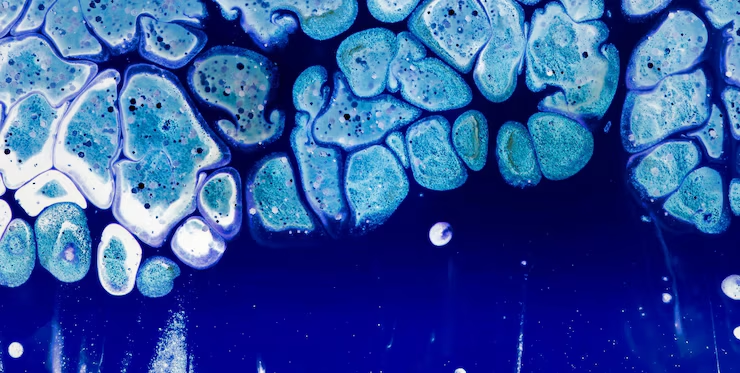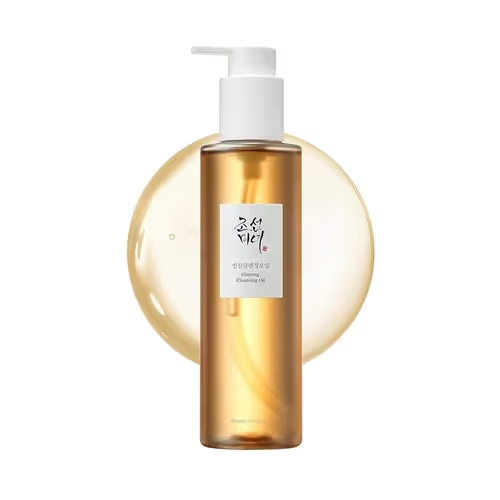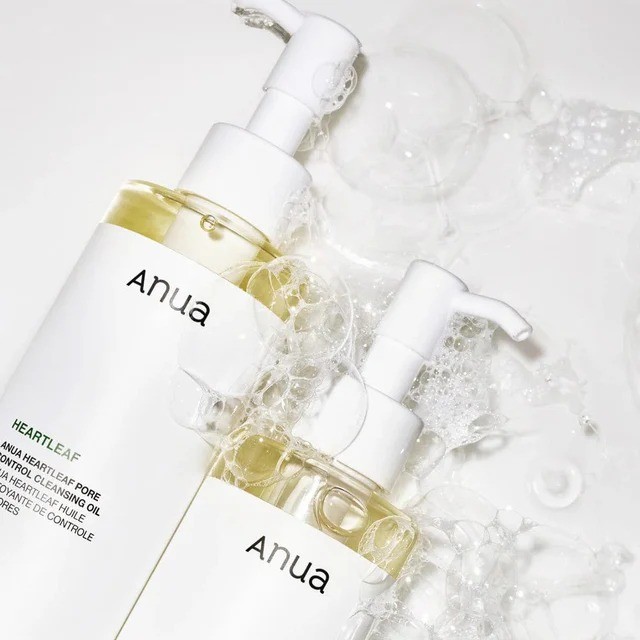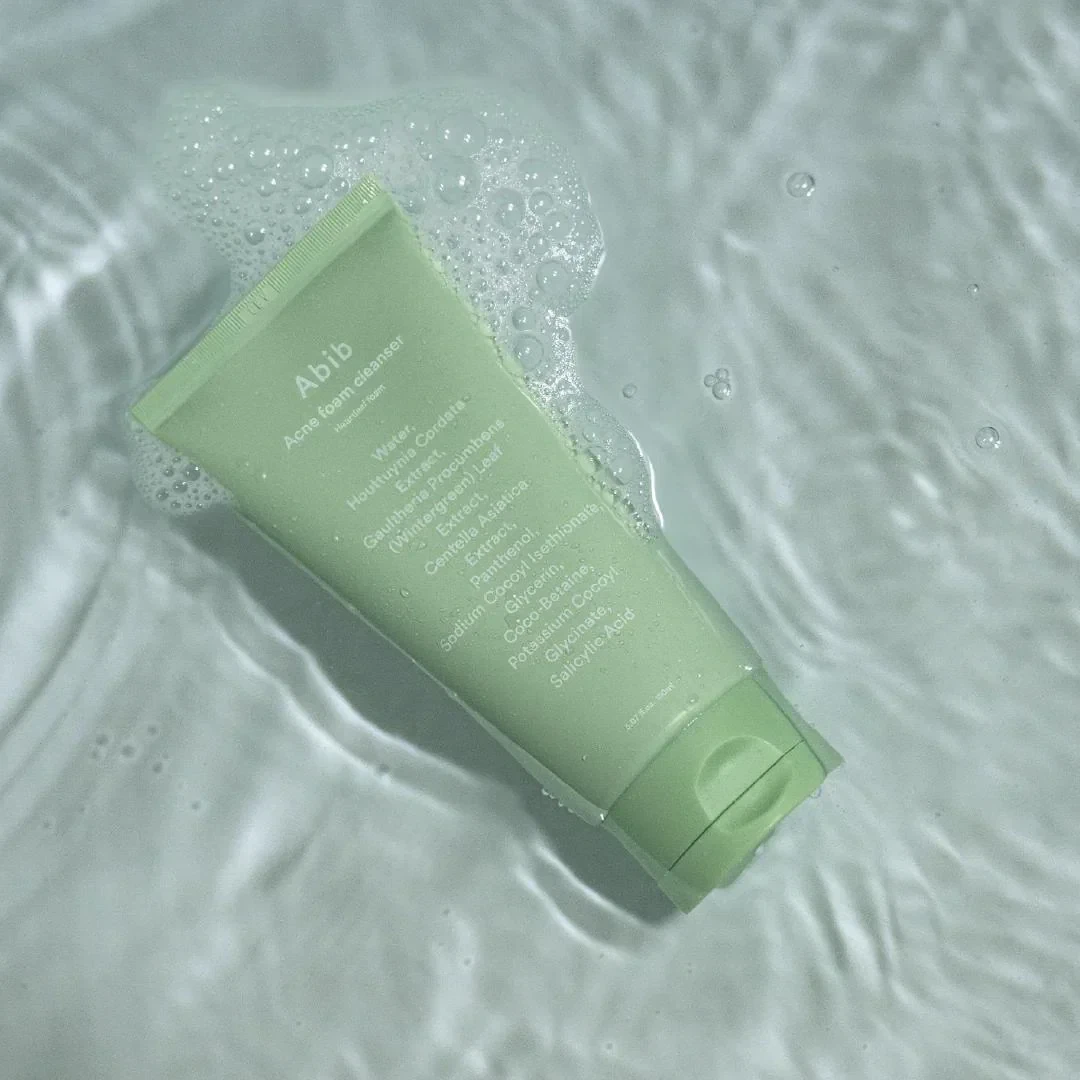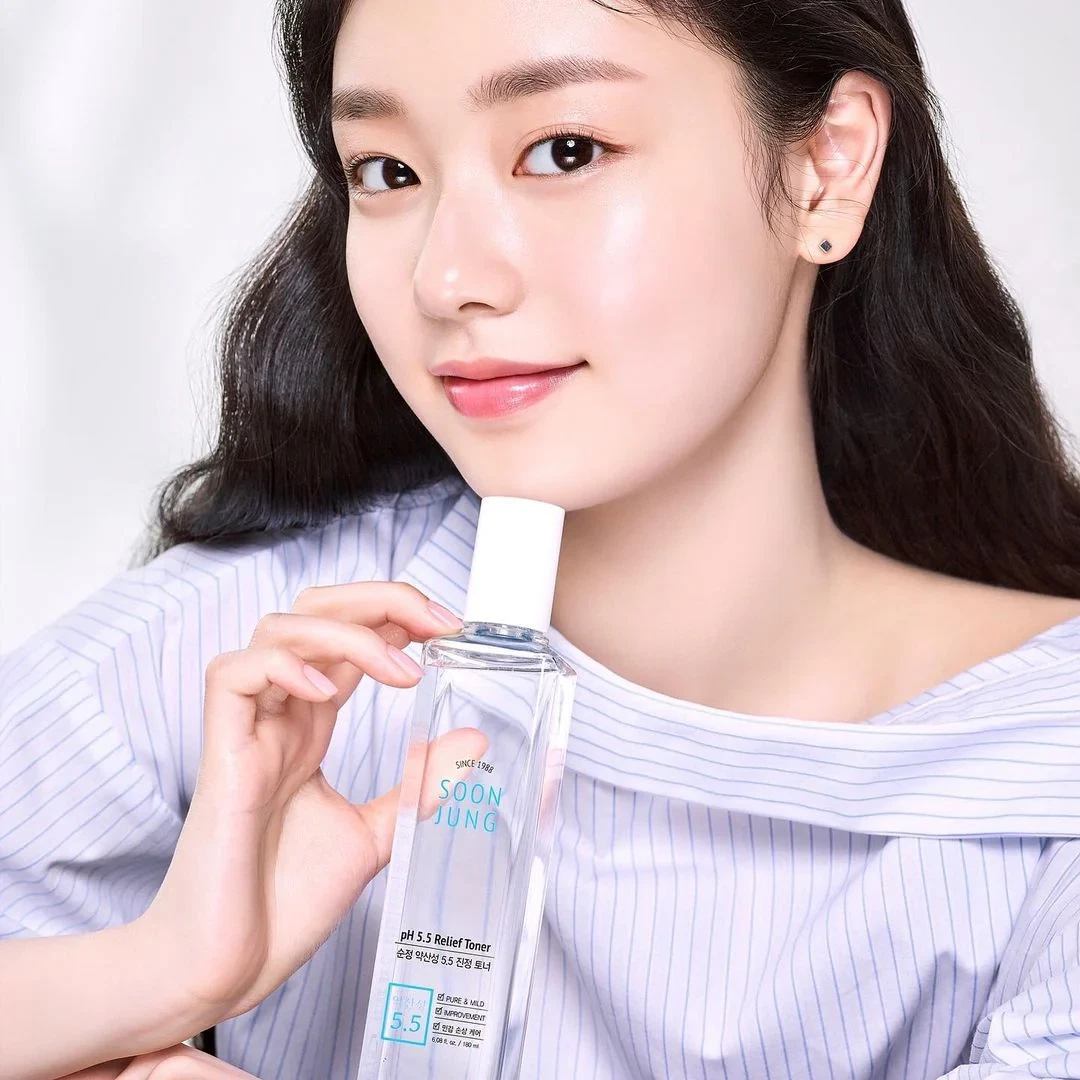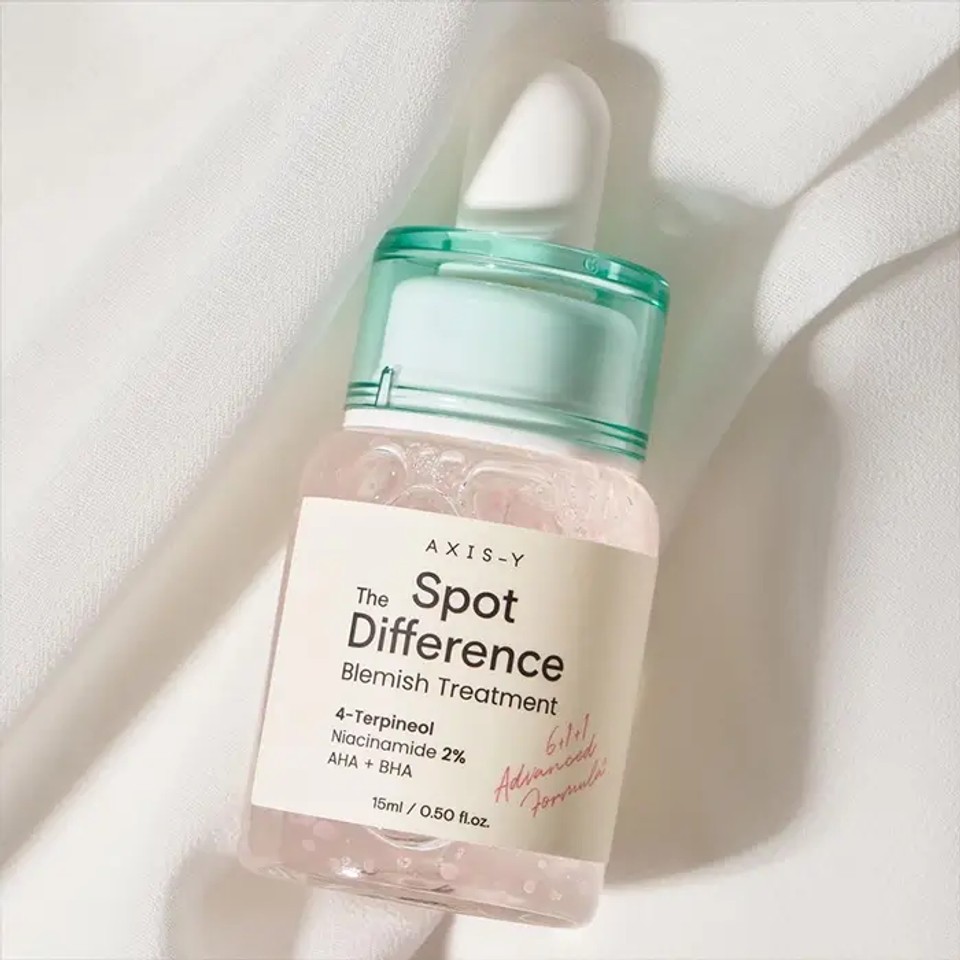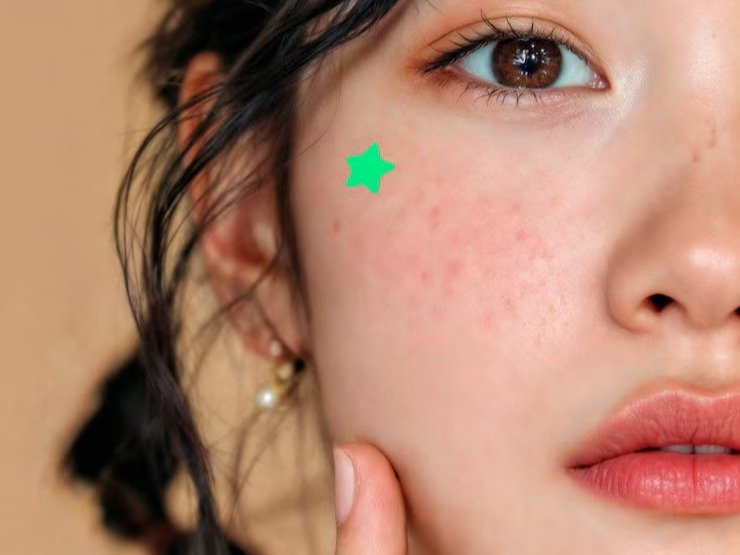
The Dreaded Purge – When Is an Acne Outbreak Natural or Man-Made?
What is Purging?
Purging (or acne flaring) is a phenomenon that was first noted by dermatologists applying tretinoin cream to patients. It is important to remember your skin is a carefully balanced microbiome – your skin cells are not worried about aesthetics. They are in a battle of survival against environmental bacteria, pollutants, UV radiation and dehydration. When you apply a new product to your skin (the stronger the more likely this can happen), it throws your skin biome out of whack temporarily.
This is due to ‘actives’ in skincare. These are products that are actively making your shed excess skin cells (think of a AHA/BHA peel or new retinol cream). They change your entire skin biome mechanism, remove excess dead skin cells and these can trigger clogged pores (purging). Once the excess skin cells are gone, however, this quickly clears up and your biome recovers.
Breakouts occur, however, if you are using a new moisturizer and your skin suddenly has all this extra moisture, it's not able to adjust to. It will keep pumping out its usual oils and proteins, only for it to build up suddenly in pores. While you are excited about having smooth, soft skin... your pores have a meltdown and produce dreaded blemishes and spots.
It commonly happens when your biome was already pretty happy - but you've introduced a new product that it doesn't agree with. You can try to balance your routine around it (i.e. extra cleansing step, reducing amount of moisturizer) - but if you skin is stubbornly resistant, it's best to cease the product.
When is it Not Purging?
It’s important to note that skin irritations can look like a breakout – these will not go away with time and instead the product shouldn’t be used in future. If you develop general redness, itching, mild swelling or dry flaking skin – these are much more likely to indicate a reaction to the product and it's best to stop using it immediately.
If you've had a regular, angry breakout immediately after using a product - evaluate the ingredients in it. Does it have something that is exfoliating or triggering cell turnover (i.e. an active ingredient)?
If not, you've likely triggered a regular, annoying acne breakout.
Remember, a purge will get better after the initial flare. If your blemishes are worsening or remaining the same (after 1-2wks), it’s more likely the treatment does not suit your skin and it’s best to stop and evaluate.
What Triggers Purging?
It's important to note that ‘active’ ingredients are what lead to purging. These are products that are actively changing your skin cell turnover, most commonly through exfoliation.
If you are having a breakout due to a new product that is not active (such as heavy moisturizers or lotions) - it's more likely there is an ingredient clogging you pores that requires immediate removal from your routine.
Products That Exfoliate the Skin
These are active products that are increasing skin cell turnover. This means they will have a ‘purge’ period that will resolve itself as your skin biome adapts.
i.e Leads to skin cell build-up in pores
- AHA, BHA, PHA
- retinol/retinal
- azelaic acid
- vitamin C
- galactomyces
(*) It's important to note when purging occurs (should be immediately after new product use) and to pull back on the amount you are using the product - i.e. don't over-exfoliate and decrease dose of actives such as retinol or vitamin C.
Products That Are ‘Comedogenic’
These products should be stopped quickly as they are reactive to your skin! The most common culprits are any molecule that blocks your pores.
i.e. Leads to sebum build-up in pores
- Coconut oil
- Cocoa butter
- Shea butter
- Lanolin
- Almond oil
(*) this can also happen with some oil cleansers if your skin is not suited to them. If you have breakouts due to oil cleansers, you are either not cleansing correctly or they are bad for your skin type.
How Long Does Purging Last?
But it’s important to note your skin will adjust. It just takes time. Dermatologists typically recommend 4-6 weeks for any skin to get used to product – with stronger products breaking the 6-week point (especially strong retinol or exfoliants and peels). Why this time period? It’s the time your skin cells take to be entirely shed from base to the surface. Within 4-6 weeks, you literally have new skin.
It’s important to note through this cycle, a purge should be recovering within 1-2 weeks. If you are noting spots and blemishes worsening after the mid-way point and spots are not recovering, that is an important sign that perhaps your skin is reacting to an ingredient, rather than reacting to the treatment itself.
How to Manage The Purge
The Purge is a way of life when you switch up your routine to include a powerful new ingredient and it’s important to follow some simple survival tricks to ensure it is short-lived, your skin remains healthy and you feel like you are managing your skin with confidence.
(1) Have a Great Cleansing Routine
As mentioned above, the purging is mostly due to increased sebum and skin cells. If you have a good, gentle cleansing routine this will help bring back equilibrium and ensure purge is short-lived.
A good, soft oil-based cleanser cannot be understated; such as the Beauty of Joseon Ginseng Cleansing Oil or Anua Heartleaf Pore Control Cleansing Oil.
(2) Be mindful of your routine - Change one product at a time
It can always be exciting to switch up your whole routine, but be mindful of your microbiome. Don’t start multiple products at once, as it can take more time for your skin to adjust and you’ll find it harder to evaluate if a single product is working or not.
(3) Protect your skin
During a purge, your skin is a touch more fragile. Treat it with kindness by ensuring you are not using harsh treatments, not harshly cleansing and keeping it hydrated with an acne-friendly moisturizer and protective sunscreen.
(4) Balance your pH
If you don’t already have a toner in your routine (or other pH balancing tool), it can help reduce or prevent purges altogether. Toners add an extra cleansing step, sweeping away excess skin cells and help keep pH low (preventing competing bacteria from flooding your skin).
COSRX Advanced Snail 96 Mucin Power Essence [With a pH of 5.5 and deep, nourishing hydration – having this lovely essence in your toolkit is a soothing band-aid during the purge].
Abib Acne Foam Cleanser Heartleaf Foam [With a pH of 5.5, this cleanser gently foams with herbal heartleaf and salicylic acid, to deeply cleanse pores and relieve redness. It’s designed to help soothe acne breakouts and prevent them in future].
Soon Jung Relief 5.5 Toner [Toners are vital to help keep skin cells in balance. If you are a victim of purging, getting a soothing and calming toner can essentially prevent reactivity in future. The Soon Jung line is low pH, deeply soothing for sensitive skin and can help you work your way back to a healthy skin barrier].
(5) Protect Your Spots
Although it’s not always instinctual, you have to remember to protect and care for your blemishes. Don’t pinch or pop large pimples as this can risk infection and scarring – instead if you have a large pimple, use a spot treatment (such as a blemish cream or pimple patch).
Our Favourite Spot Treatments:
Axis Y Spot the Difference Blemish Treatment [This little handy bottle provides the gentlest treatment available to pesky spots and areas of irritation. It has the texture of an essence, that immediately absorbs into skin, soothes redness and hydrates with ceramide and tea tree oil].
Cosrx Pimple Master 24 pcs [These classic pimple patches are ideal to have on hand. They act as a tiny, clear band-aid that pops over the top of an irritated spot that protects, helps heal faster].
Purging is a part of having acne-prone skin – and it sucks. But, if you follow the appropriate hygiene tips, have some soothing solutions in your cupboard and ensure you pick your routine with care – it will be a short-term annoyance that acts as a stepping stone on your way to healthier skin.
Looking for acne skincare? Korean skincare is the most soothing, gentlest formulas on the market - complete with innovative pimple patches, spot treatments and soothing serums. Check out the range on Arktastic.
Looking for more advice? Check how to calm and soothe sensitive skin with our special guide to Sensitive Skincare. Or if you're still struggling with spots - check out our article on the power of Azelaic Acid to soothe redness and acne:
FAQs - Acne Purging
Can I stop purging from happening?
Similar to regular acne spots, the nature of purging is that it is unexpected (although the trigger is easy enough to figure out). There are ways to minimize it – including only trying one new product at a time, using a good gentle cleanser, ensuring your pH is balanced and making sure your hygiene is on point.
Does purging indicate I should stop the product?
It depends on what product you’re using. Many acne treatments and useful products for your skin can cause purging – and with continued use over the next few weeks, the purge will stop. It’s mostly a sign that your natural skin balance has been changed (even if it's for the better) - so it's a good sign to help your reflect on whether your skin is being nurtured or harmed by your skincare product.
How long does it take for purging outbreak to stop?
When purging occurs, older skin cells are being exfoliated at a faster rate and newer skin cells underneath are adapting to the new microbiome changes. This means, within 1-2 weeks, the irritation and new spots should be stopping. This is a green light that your skin is adapting well to the new product and will be calming down. The entire purge should be clear in 4-6 weeks, as this is the lifecycle of your skin and your new cells will have adapted to the new products.






